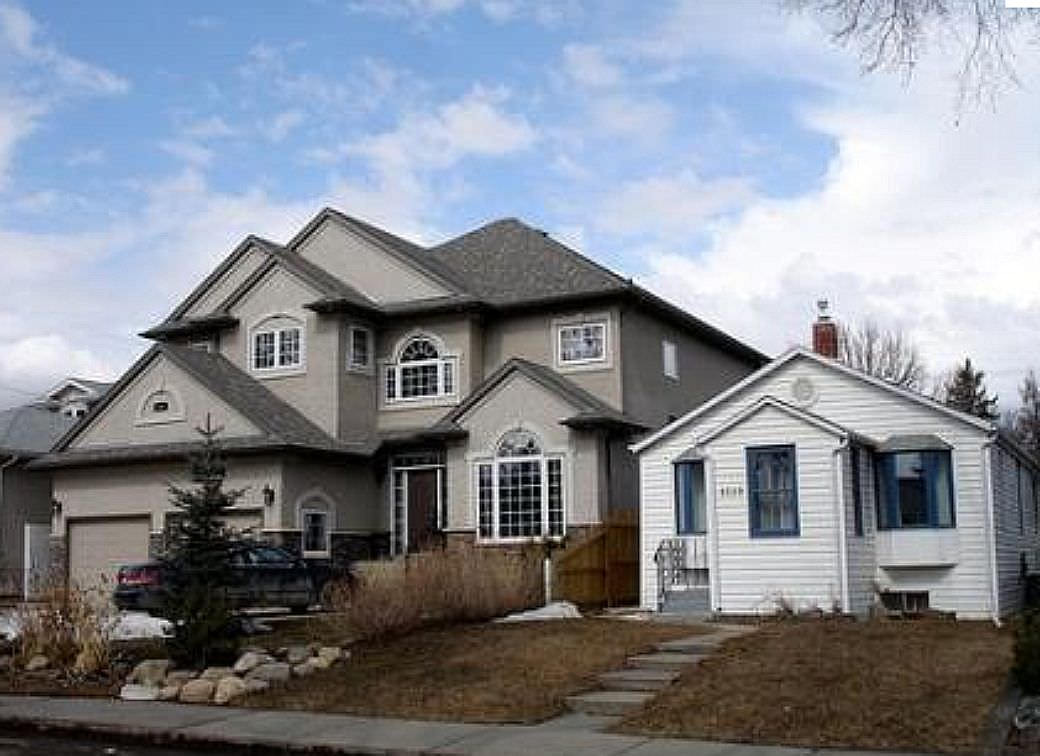
Purchase real estate, make improvements to it and then sell for a tidy profit. That is how we are all told we can make a bundle in real estate, but it can lead to problems.
Avoiding the Over Improved Home
There are two basic rules in real estate. The first is you should buy in the right location. The second is do not buy the best house on the block. Instead, you should be a home that needs some work. If you then do the work, you will reap the benefits through increased equity when you sell the home. This is all true, but there is one caveat to the home improvement strategy. People often improve their home so much, they price themselves out of their market.
Assume you buy a property in a neighborhood where comparable homes sell for $350,000. You buy a beater home for $300,000. The goal in buying is to fix it up and gain the $50,000 when you ultimately sell it. This is a smart theory and sound financial strategy when you buy the home.
Let’s assume you live in the home for six years. Immediately after buying, you improve those horrible bathrooms at a cost of $15,000. A year down the line, you simply have to have a bigger, better kitchen and spend $20,000 redoing it. In the fourth year, you find out you are going to have an addition to the family and spend another $20,000 adding a room to the home and upgrading facilities. In year five, your salary goes up and you decide marble flooring would look good in the entrance at the cost of another $15,000. You have now spent $70,000 on improvements for a market that will only support $50,000 in improvements. How are you going to get the money back when you sell?
When buying a fixer upper, it is important to put a plan together and stick to it. More importantly, it is vital that you create a budget and stick to it. This may all sound obvious, but this scenario plays out over and over in the residential real estate market.
